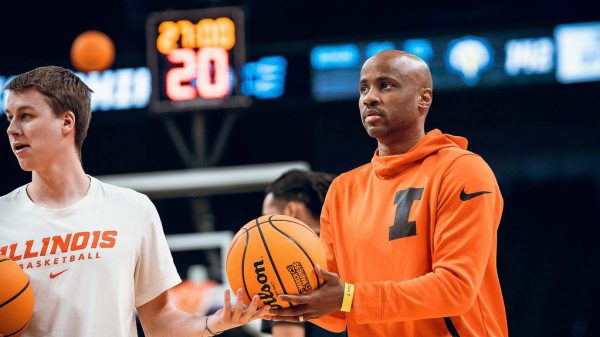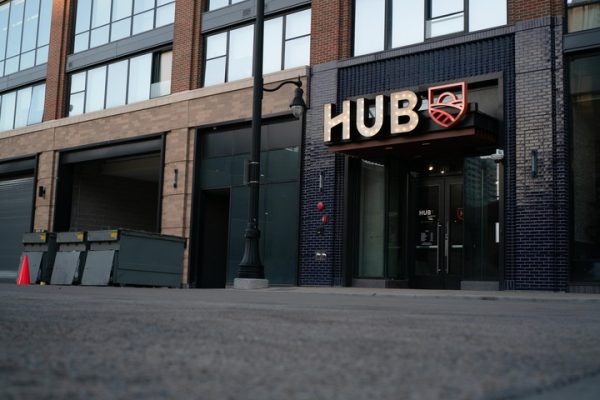Pro-Chief movement has always been around
February 27, 2007
Two premises of Thursday’s editorial (‘Chief Illini-week’ may not be so futile, Feb 22) are flawed. First, the pro-Chief movement didn’t appear overnight. Second, the retirement of the Chief was inevitable well before the NCAA rulings came down.
In April 2001, the University administration lost a federal lawsuit alleging they couldn’t bar anti-Chief activists from speaking to athletic recruits under the guise of NCAA rules.
This may have been the anti-Chief movement’s first major victory, but it also marked the end of the Chief’s opponents being excluded from the decision-making process.
Two years later, anti-Chief groups were significantly represented in student government and the governor was no longer using a pro-Chief litmus test in appointing University trustees.
Once the anti-Chief side was enfranchised, I figured majority politics would eventually bring about the Chief’s retirement. The way both sides had framed the issue meant Chief opponents only had to carry the day once for Chief supporters to lose forever.
Get The Daily Illini in your inbox!
Relatively speaking, anti-Chief protests faded into the background, and so did pro-Chief counter-protests. Which is natural, since protest is primarily a tool for people who feel disenfranchised.
When I was an undergraduate, Students for Chief Illiniwek boasted that it was the largest student organization on campus. With the old guard on the Board of Trustees, allies in student and state government, and supporters in the community and in campus media, the one thing you couldn’t say about the pro-Chief side is that they were excluded from the decision-making process. Until last Friday.
It didn’t make sense for pro-Chief students to take the initiative in large-scale demonstrations until the shoe was on the other foot. They may have been set up to lose, but before Board Chairman Eppley’s intervention they were set up to lose fair and square.
John Dodd,
law student






